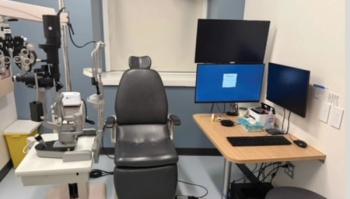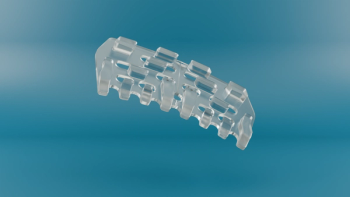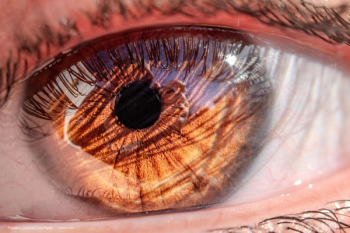
Laser-assisted deep sclerectomy better than conventional type
Erbium YAG-laser-assisted deep sclerectomy (DS) offers greatly simplified dissection and better long-term intraocular pressure (IOP) control compared with conventional DS.
Erbium YAG-laser-assisted deep sclerectomy (DS) offers greatly simplified dissection and better long-term intraocular pressure (IOP) control compared with conventional DS, concludes a study published in the March issue of Eye.
Thomas Klink and co-workers from Julius-Maximilians-University and St Vincentius Hospital, Germany examined the data of 14 consecutive patients (10 male, four female) who underwent surgery between 1999 and 2000. The procedure was begun as a standard DS. The deep corneoscleral lamella was dissected with a pulsed Erbium YAG laser (energy: 40-100 mJ, frequency: 5-10 Hz). Schlemm's canal was unroofed and the lamella thinned until aqueous percolated continuously through the membrane.
Mean preoperative IOP was 37.7±10.5 mmHg. The mean postoperative IOP was 16.1±3.9 mmHg at one month, 15.1±4.3 mmHg at three months, 16.4±4.5 mmHg at 12 months and 17.6±8.7 mmHg at 50.5 months. The complete success rates (IOP ≤21 mmHg + IOP reduction ≥ 20% without glaucoma medication) were 83.3% at three months and 50% at 12 and 50.5 months. Rates for qualified success (IOP ≤21 mmHg + IOP reduction ≥ 20% with glaucoma medication) were 91.7% at three months, 92.9% at 12 months and 78.6% 50.5 months. The number of glaucoma medications was reduced from 3.07±0.92 preoperatively to 1.14±1.1 at 50.5 months. The only intraoperative complication requiring iridectomy was a single case of anterior chamber penetration.
It was the conclusion of the authors that Erbium YAG-laser-assisted DS offers better long-term IOP control than standard DS.
Newsletter
Get the essential updates shaping the future of pharma manufacturing and compliance—subscribe today to Pharmaceutical Technology and never miss a breakthrough.









































